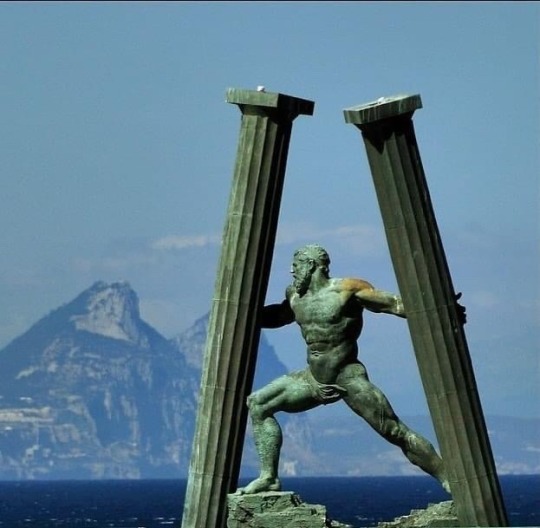Text
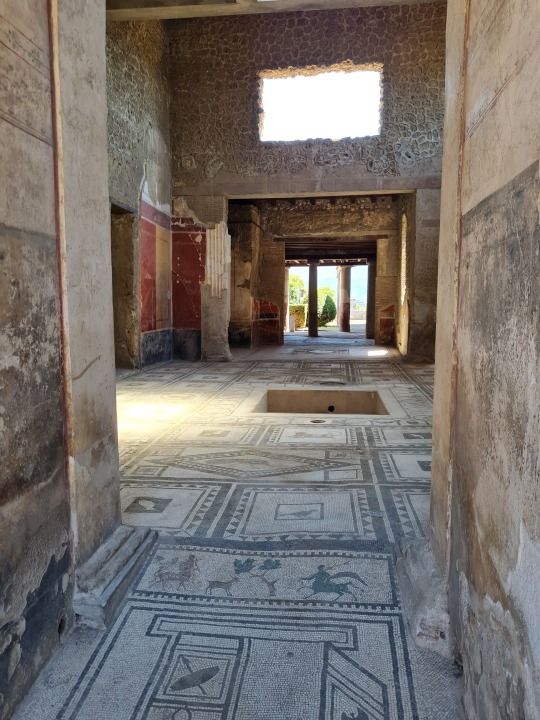


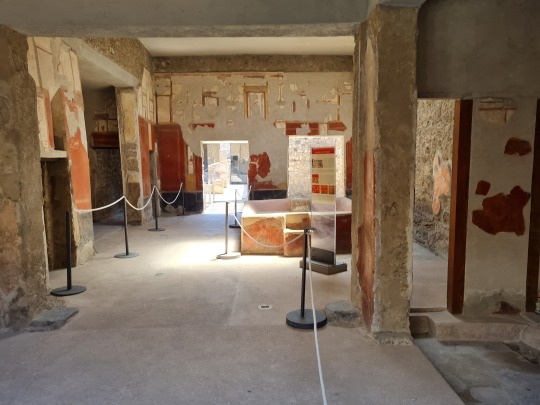
The ancient city of Pompeii, Italy
On the first photo is the house of Paquius Proculus.
On the last photo is the fullonica of Stephanus, a laundry worker who used the house as his workshop.
462 notes
·
View notes
Text

The apodyterium (changing room) in female baths of the Forum, Pompeii.
Photo: Pompeii- Parco Archeologico.
Open to tourists from March 8 (2024)
411 notes
·
View notes
Text
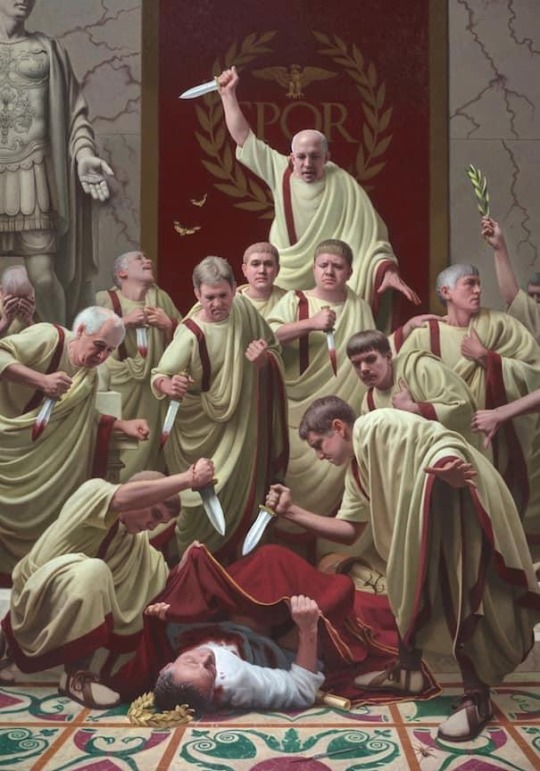
The Ides of March XLIV BC; Oil on Panel, by Stephen Gjertson (Old Parkland Art Collection, Dallas)
77 notes
·
View notes
Text
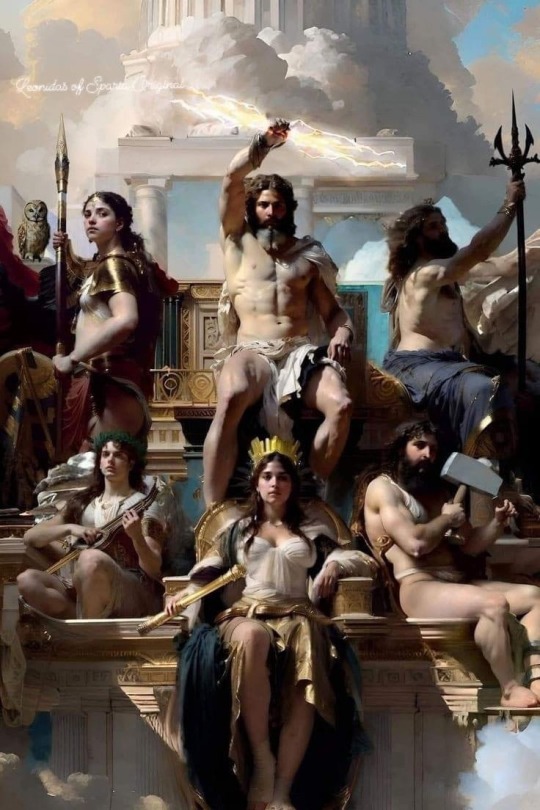
The Olympians ⚡️⚒️🔱🦉🇬🇷
210 notes
·
View notes
Text
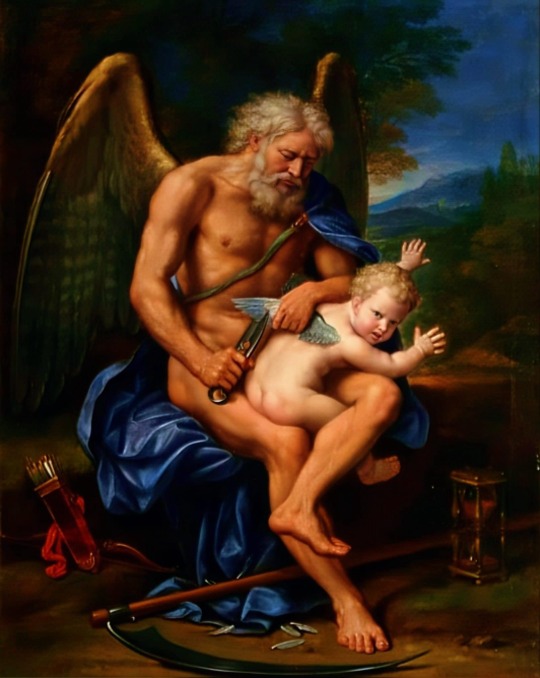
✓This painting by Mignard.
The main idea of the table
“Love conquers all, but time defeats love.”
Cronus (the god of time in ancient Greece) cuts off the wings of Cupid, or Eros (the god of love).
Pierre Mignard.
France, 1612 - 1695.
Mignard depicted Cronus (the Greek god of time and the father of time in the Renaissance) muscular and bearded, with a scythe and an hourglass at his feet.
He holds on tightly to Cupid (Eros Love), whose arrows have fallen to the ground, symbolizing his defeat, and clips his wings so that he does not fly too high.
This reduces the frivolous side of love by time and places it in a more grounded logic.
Time is the logic of love and the heart.
The scythe symbolizes the excesses and exaggerations that come with the passing process, it also whittles away the crazy aspects of love, but on the other hand, it is always waiting in a corner ready to shoot the arrows of love, which represents the hope of love.
This painting thus symbolizes that time defeats love.
“As time flows, in the loudest waterfalls”
"He took the love away in the overflowing floods"
"He couldn't fly, his wings were cut off, they are in cruel hands"
"He was defenseless against every grain of sand that fell" 🖼
84 notes
·
View notes
Text
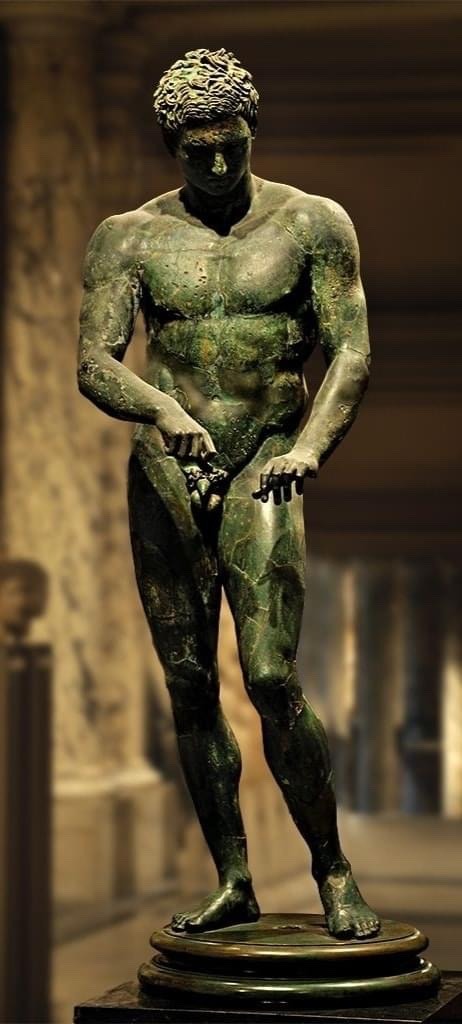
Athlete of Ephesus, 320 BC
(the Apoxyomenos Ephesian)
Museum of Art History, Vienna.Austria
519 notes
·
View notes
Text
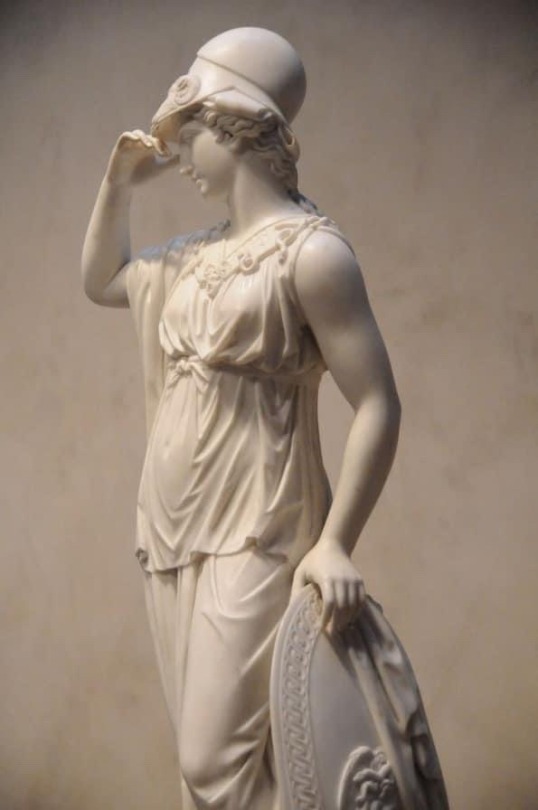


"Minerva, Juno, and Venus".
Joseph Nollekens
English, 1773 - 1776
Marble
Jean Paul Getty Museum.
162 notes
·
View notes
Text
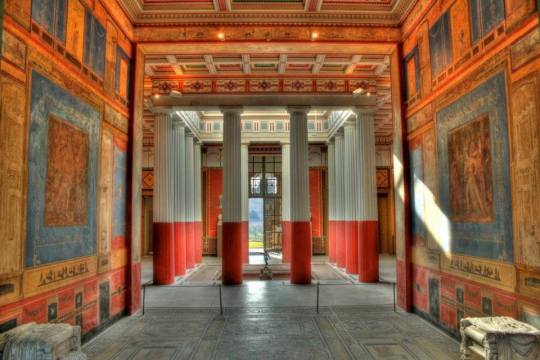
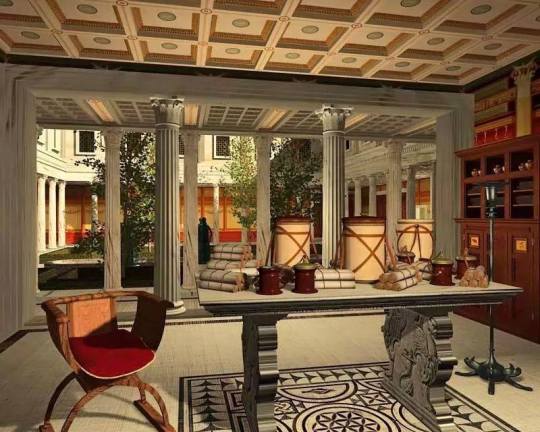

Virtual reconstruction made by Virtual Archaeological Museum, and Comitato Cininnato Pompei.
1. Atrium, House of the Faun. Pompeii.
2. Library and peristyle of Villa of the Papyri. Herculaneum.
3. House of the Labyrinth. Pompeii.
Beautiful
2K notes
·
View notes
Text

Wilhelm Marstrand, Nausikaa brings the shipwrecked Odysseus' clothes, 1835.
115 notes
·
View notes
Text

Happy Solstice to all our followers!
'The Midwinter Festival in Roman London'
The Midwinter Festival in Roman London at the time of the Emperor Nero as imagined by the artist, Fortunino Matania. Citizens carry offerings to the temple while a small boy stands and looks at a shivering Roman soldier, who would clearly be somewhere other than Britain in the depths of December.
103 notes
·
View notes
Text
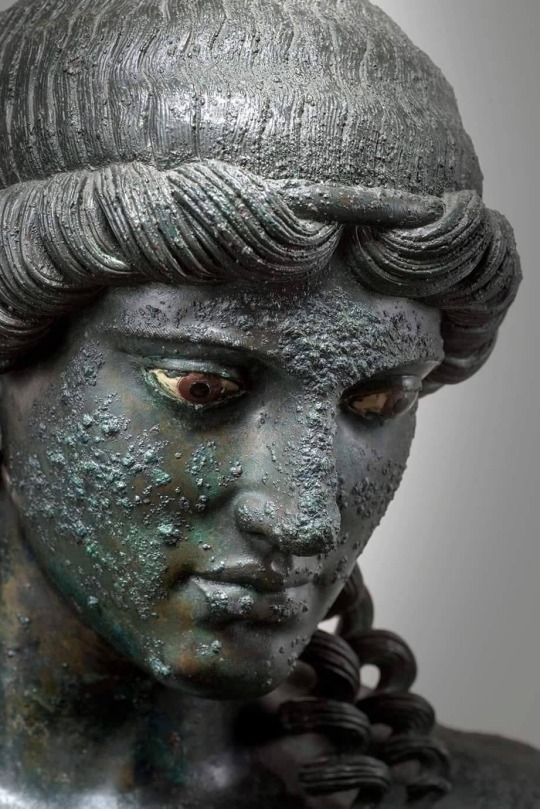
Apollon Kitharodos, Pompeii
Bronze copy of a Greek original
Second half of the 1st century BC.
Archaeological Museum of Naples
(Quote from Elena Koumpenaki)
1K notes
·
View notes
Text
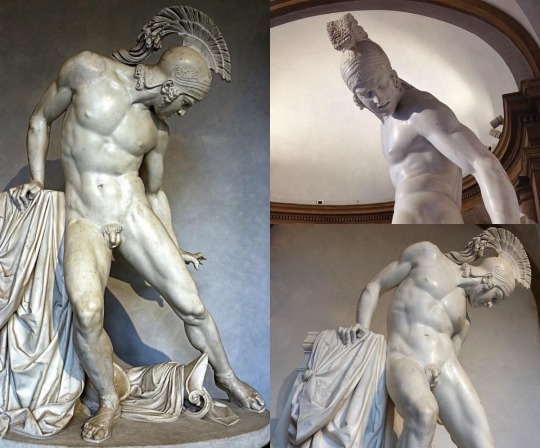
Achilles Wounded (1842). Innocenzo Fraccaroli (1805-1882), Italian. marble. Villa Reale. Milan.
638 notes
·
View notes
Text
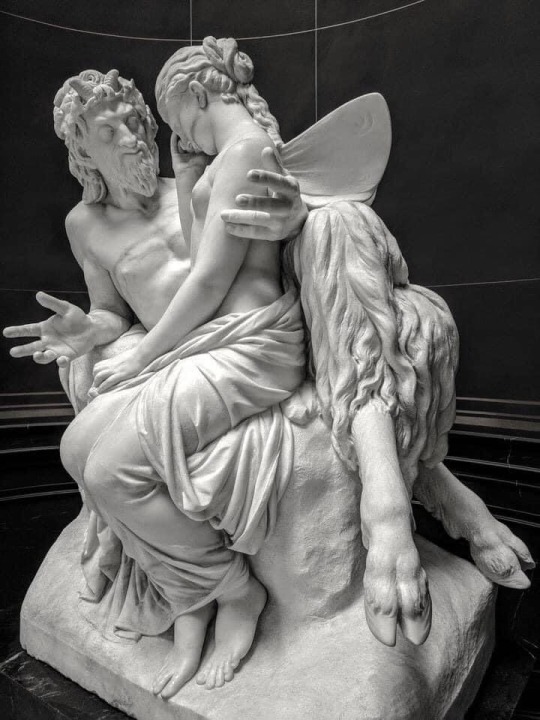
Pan Comforting Psyche (1857-58) “Marble, 101 x 132 x 67 cm” [Alte Nationalgalerie, Berlin, Germany] -- Reinhold Begas (German; 1831 - 1911)
Deserted by Amor, her lover, Psyche bemoans her curiosity and its consequences. Agitated yet demure, she is comforted by Pan, the otherwise frivolous god of nature. The subject allowed Begas to unite a range of contrasts within one sculpture: female/male, tender/rough, youthful/old.
Reinhold Begas was a German sculptor. He was an apprentice under Christian Daniel Rauch and Ludwig Wilhelm Wichmann. From 1856 to 1858 he travelled around Italy where he was influenced by Arnold Böcklin and Franz Lenbach to move towards a naturalistic style in sculpture. In 1861 he was appointed professor at the Weimar art school before winning the competition to create the statue of Schiller at Gendarmenmarkt in Berlin. From 1870 he was the leading artist working in the plastic arts in the Kingdom of Prussia. His artworks dominated the urban landscape, particularly of Berlin, during the German empire. Several sculptures in Berlin bear testament to his high reputation, such as the Neptune fountain in bronze, originally erected on Schlossplatz, the figure of Alexander von Humboldt in front of the Humboldt-Universität or the statue of Otto von Bismarck in the city’s.
Source: Google Arts & Culture
500 notes
·
View notes


